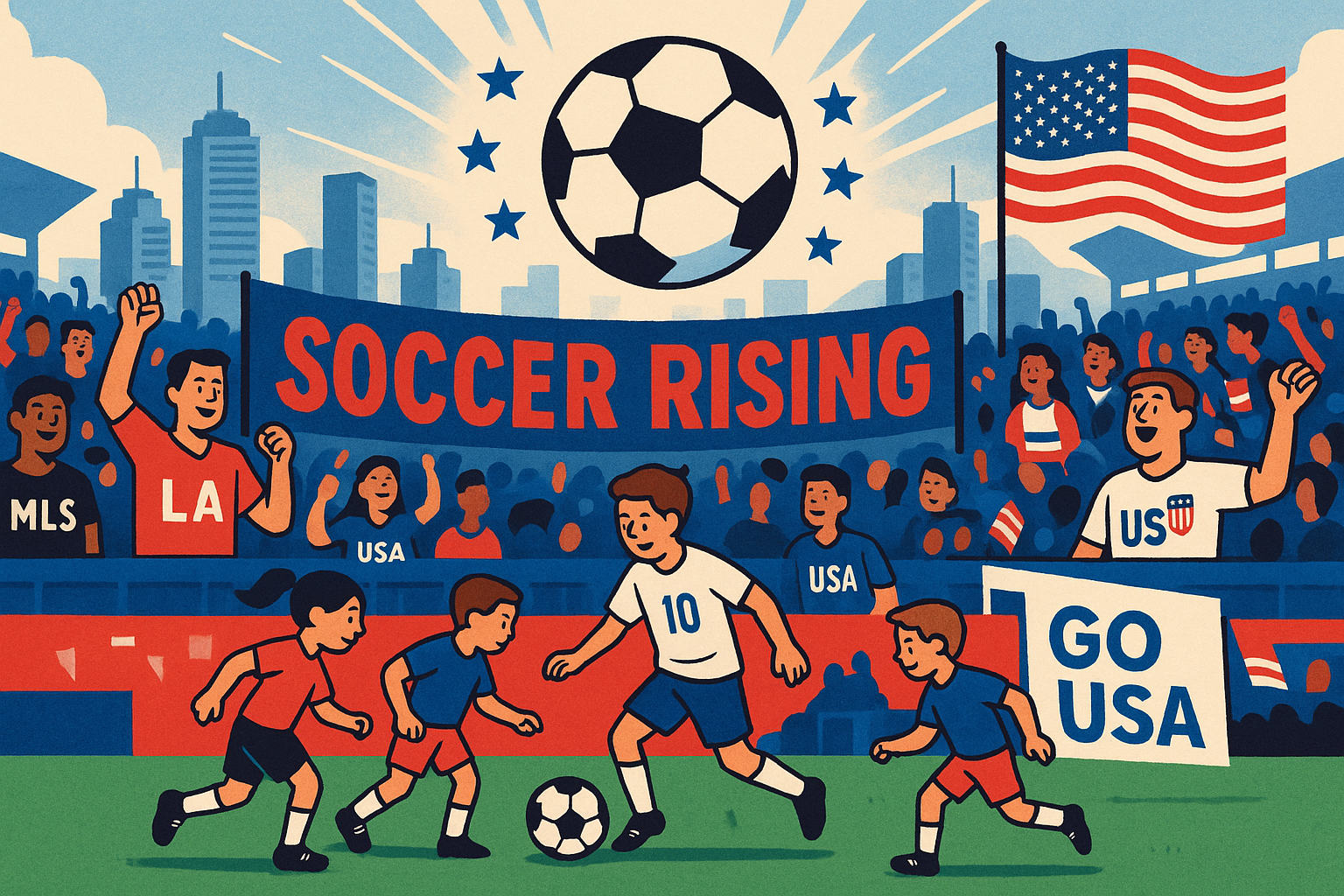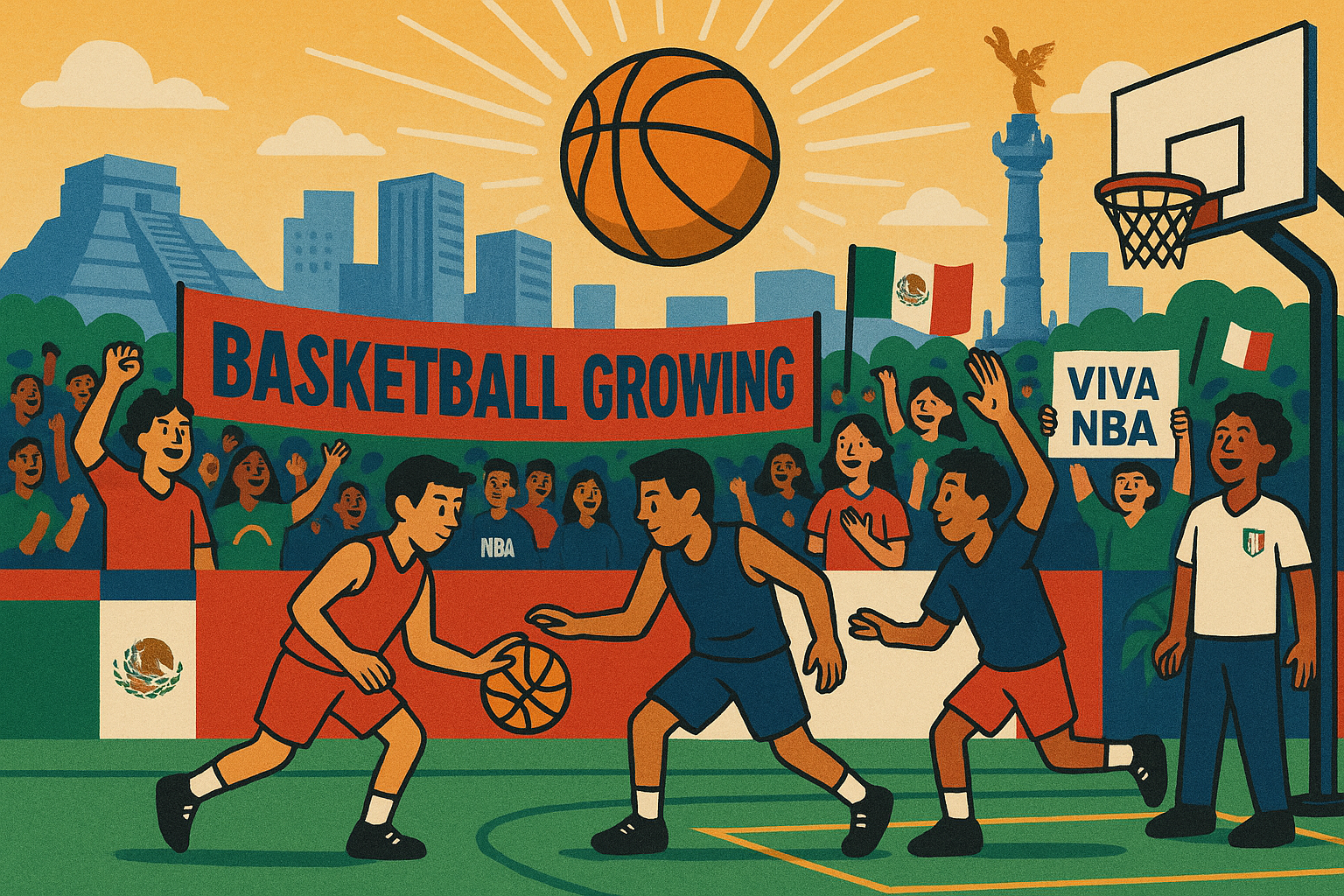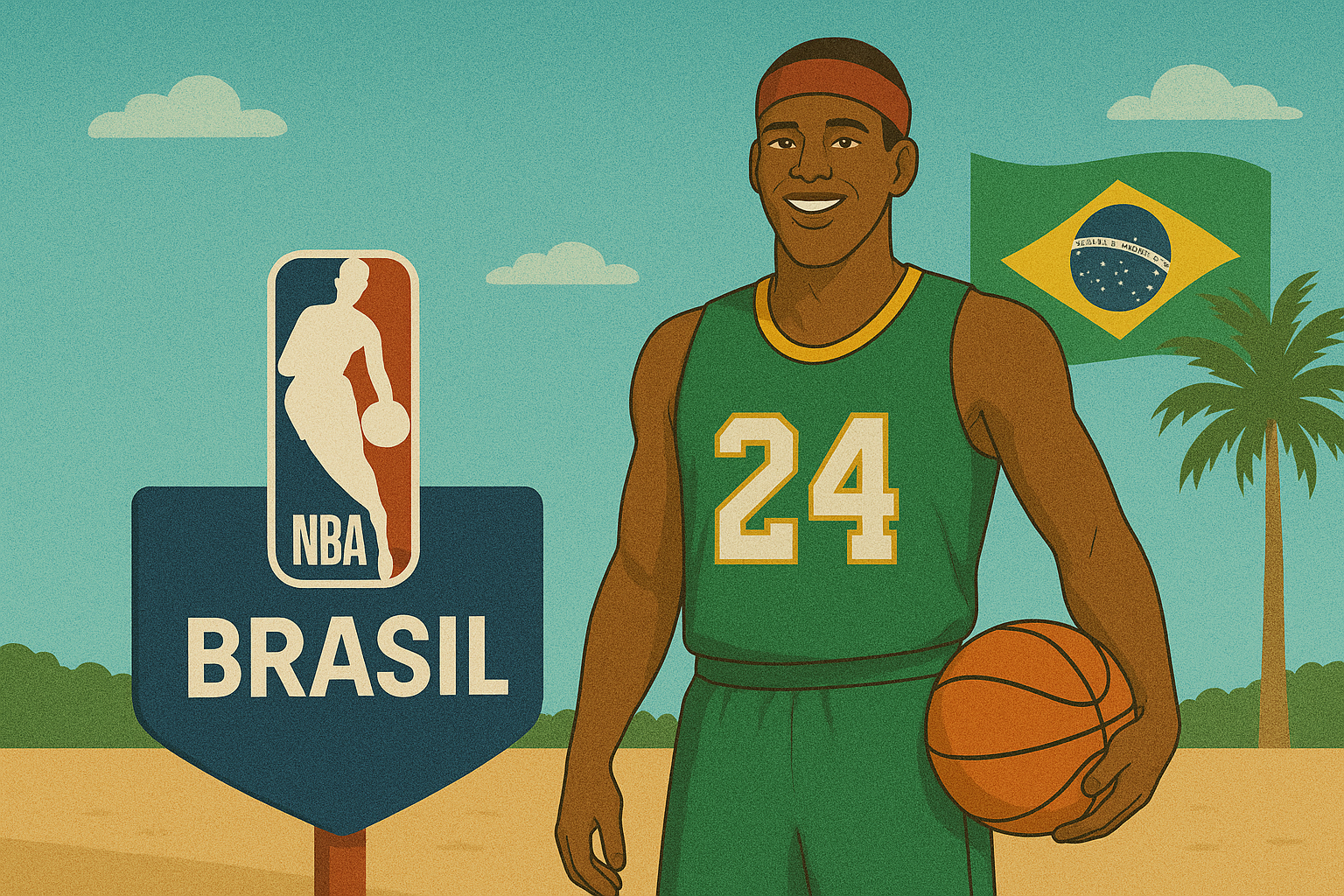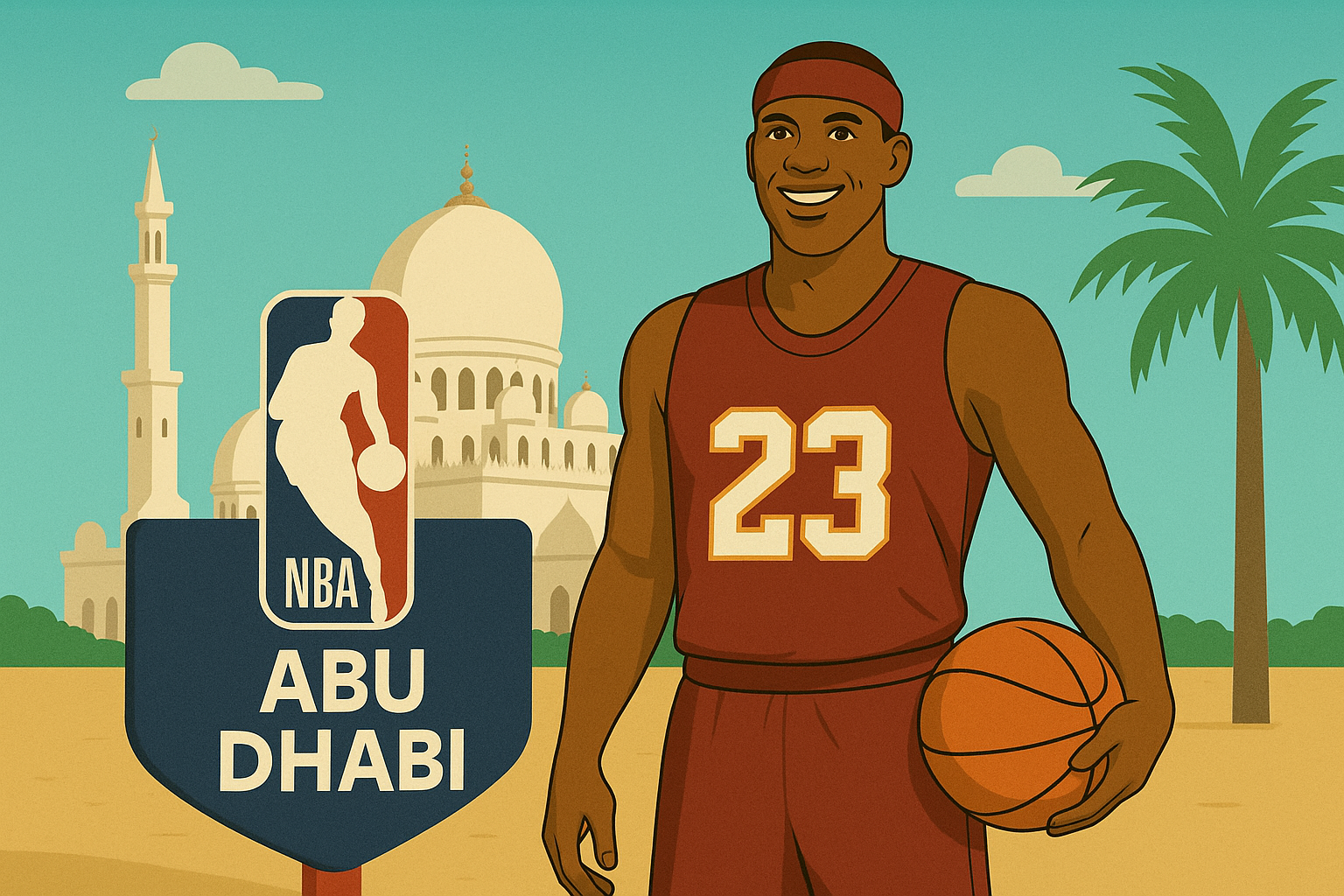Best Strategies for Athlete Social Media Management

In today’s digital age, social media has become an indispensable tool for athletes to connect with their fans, boost their personal brands, and engage in meaningful conversations. Social media platforms offer professional athletes the opportunity to share their journey, insights, and personalities directly with their audience.
However, achieving success in athlete social media marketing requires a strategic and comprehensive approach. In this in-depth guide, we will explore the most effective strategies for athlete social media management, showcasing real-life examples that have made a significant impact on the sports marketing landscape.
The Power of Social Media Management for Athletes
Athlete social media management is a multifaceted field that encompasses a wide range of strategies and approaches. Whether it’s authentic storytelling, consistency, engaging with fans, leveraging visual content, collaborations and partnerships, advocating for social causes, or the use of a social media manager for athletes, each aspect plays a crucial role in an athlete’s online presence.
Strategy 1: Authentic Storytelling
Authenticity plays a crucial role in managing social media for athletes. Supporters value real glimpses into an athlete’s life, encompassing aspects like their training routines, family interactions or charitable initiatives. A noteworthy illustration of sincere narrative is found in the social media strategy of NBA superstar LeBron James. He leverages his platform note solely displaying basketball prowess but also offering insights into his personal journey (family time, personal time, social justice work, etc.). The genuine nature of his content has garnered him a substantial and dedicated fan base.
Real-Life Example: LeBron James’ “More Than a Vote” campaign used Instagram and Twitter to drive social change by promoting voter registration and participation. This authentic engagement with a social issue resonated with fans and drew widespread attention.
Strategy 2: Consistency
Consistency is key in social media management for professional athletes. Regular updates maintain engagement and help grow a fanbase. Tennis legend Serena Williams exemplifies this strategy. She consistently shares her fitness routines, family moments, and achievements. By maintaining a steady presence on social media, she keeps fans informed and engaged.
Real-Life Example: Serena Williams’ “Serena Saturdays” on Instagram provided fans with a regular dose of fitness tips and insights into her training regimen. The consistency of these posts has contributed to her strong online presence.
Strategy 3: Engaging with Fans
Engaging with fans on social media creates a personal connection that goes a long way in social media management for athletics. Responding to comments, running Q&A sessions, or even conducting live chats can foster a sense of community. Soccer superstar Cristiano Ronaldo frequently interacts with his fans on Instagram, building a deeper connection.
Real-Life Example: Cristiano Ronaldo’s Instagram Q&A sessions allow fans to ask him questions directly, fostering a sense of interaction and personal connection, even with his massive following.
Strategy 4: Leveraging Visual Content
Visual content is a powerful tool in athletic social media management. Sharing high-quality photos and videos can capture the essence of an athlete’s journey, on and off the field. The legendary Usain Bolt, known for his lightning-fast sprints, frequently shares visually appealing content on his social media platforms. Find our more about our sports creative agency.
Real-Life Example: Usain Bolt’s Instagram feed is filled with striking visuals that showcase his speed, training, and personal life, offering fans a captivating visual narrative.
Strategy 5: Collaborations and Partnerships
Collaborations and partnerships can broaden an athlete’s social media reach. By teaming up with fellow athletes or brands, athletes can tap into new audiences and gain exposure. NBA players Kevin Durant and Draymond Green joined forces for a YouTube series, offering fans a unique behind-the-scenes look at their lives.
Real-Life Example: Kevin Durant and Draymond Green’s “Rolling with the Champion” YouTube series allowed them to leverage each other’s fan bases and offer exclusive content to their audiences.
Strategy 6: Philanthropy and Social Causes
Advocating for philanthropic endeavors and social causes can add depth to an athlete’s social media presence. By championing a cause they are passionate about, athletes can inspire and mobilize their fan base. NBA player Chris Paul uses his platform to advocate for education, social justice, and community engagement.
Real-Life Example: Chris Paul’s social media presence extends beyond basketball; it encompasses his commitment to various social causes, providing a well-rounded perspective of his values and interests.
Strategy 7: Strategic Content Planning
The best athlete social media manager’s expertise lies in strategic content planning. They identify the most relevant platforms for the athlete’s target audience and develop content tailored to each platform. For instance, a YouTube channel might feature longer-form content like vlogs or interviews, while Instagram may prioritize visually engaging stories and photos.
Real-Life Example: Professional athletes like Cristiano Ronaldo have an array of content tailored for different platforms and athletic social media management. His YouTube channel features in-depth documentaries, while his Instagram showcases snapshots of his daily life.
Strategy 8: Data Analysis and Optimization
Social media managers for athletes use analytics tools to track engagement metrics and adjust strategies accordingly. They identify the best times to post, the most engaging content, and the platforms that generate the most interaction. By continually optimizing content and posting schedules for professional athletes, they maximize an athlete’s reach and impact.
Real-Life Example: Social media managers for athletes like Kevin Durant employs utilize data analysis to refine their strategies, ensuring they connect with their target audience effectively.
Strategy 9: Crisis Management
In the realm of athlete social media management, a social media manager plays a pivotal role in crisis management. They are responsible for handling controversies, negative feedback, and online crises with sensitivity and professionalism. Their swift and strategic response can minimize damage to an athlete’s brand.
Real-Life Example: When faced with online controversies, athletes like LeBron James have relied on their social media managers to navigate these situations effectively, maintaining brand integrity.
The Role of a Social Media Manager for Athletes
In some cases, athletes enlist the assistance of a social media manager for athletes. These experts play a crucial role in crafting and implementing social media strategies, freeing athletes to focus on their training and competition.
Social media managers for athletes are skilled professionals who understand the nuances of sports marketing and branding. They develop comprehensive content calendars, engage with fans, monitor online conversations, and analyze data to refine strategies. World-renowned athletes like Serena Williams have entrusted their social media management to experts, allowing them to maintain a strong online presence while they focus on their careers.
Williams employs a dedicated social media manager for athletes who ensures that her content is consistent, engaging, and in line with her brand identity. This strategy allows her to concentrate on her tennis career while maintaining a robust social media presence.
The Wrap
Athlete social media management is a multifaceted endeavor that requires careful planning and execution. The best strategies involve authentic storytelling, consistency, engaging with fans, leveraging visual content, collaborations and partnerships, advocating for social causes, and sometimes enlisting the expertise of a social media manager for athletes.
Real-life examples, such as those of LeBron James, Serena Williams, Cristiano Ronaldo, Usain Bolt, Kevin Durant, and Draymond Green, provide valuable insights into how these strategies have played out and impacted their results. Whether an athlete manages their own social media or seeks professional assistance, the principles of strategic planning, authentic engagement, and consistent presence remain paramount for a successful athlete social media marketing journey.
Other News

The 2026 World Cup: American Soccer Enters a New Era

How Mexico Became the NBA’s Most Promising International Market

Samba Digital teams up with SailGP to strengthen its visibility through influence

Iron Heads join forces with Samba Digital to expand their global footprint

THE NBA ACCELERATES IN BRAZIL : A STRATEGIC SHIFT ON AND OFF THE COURT

